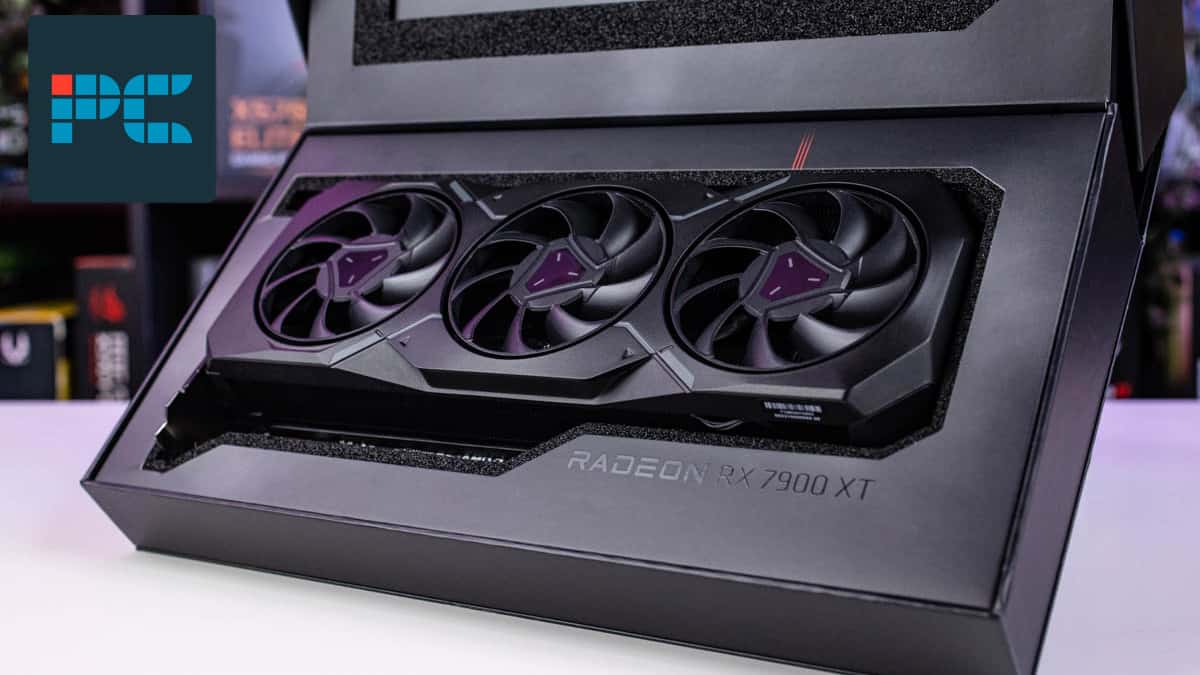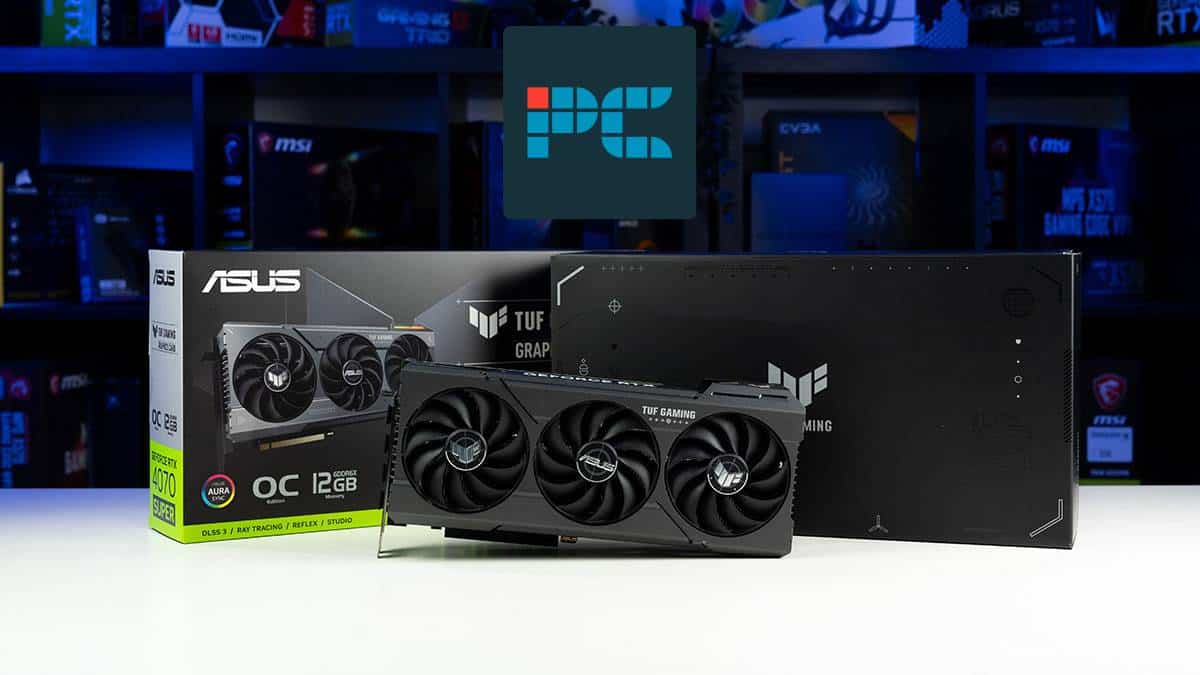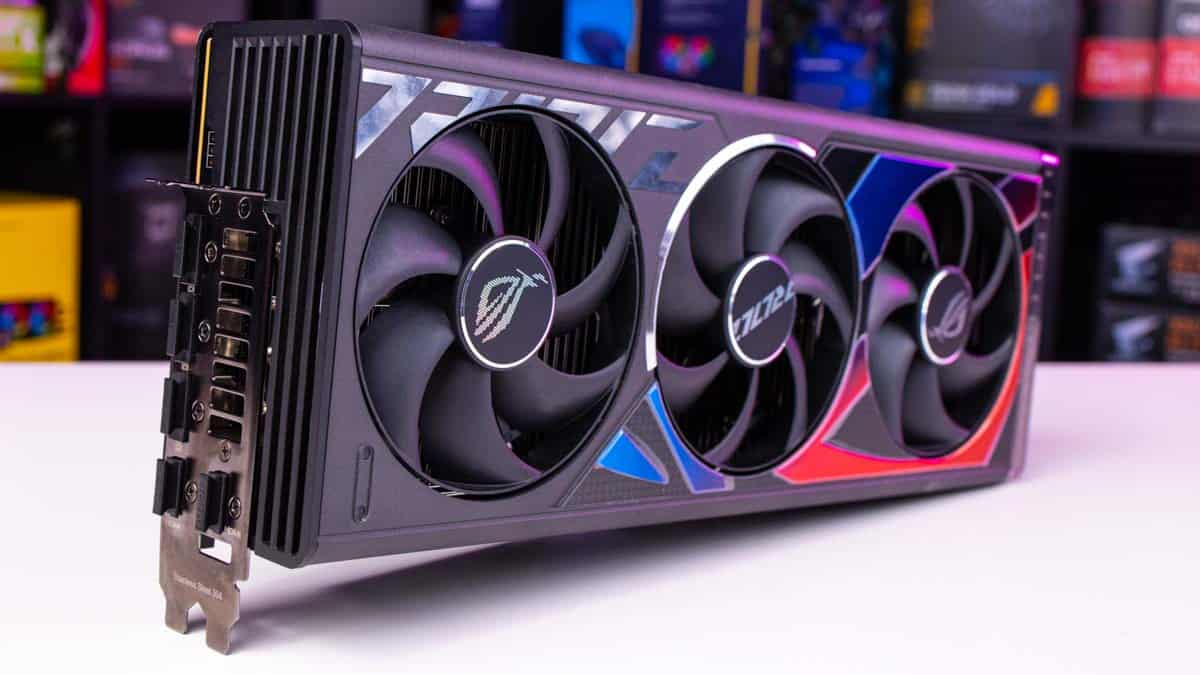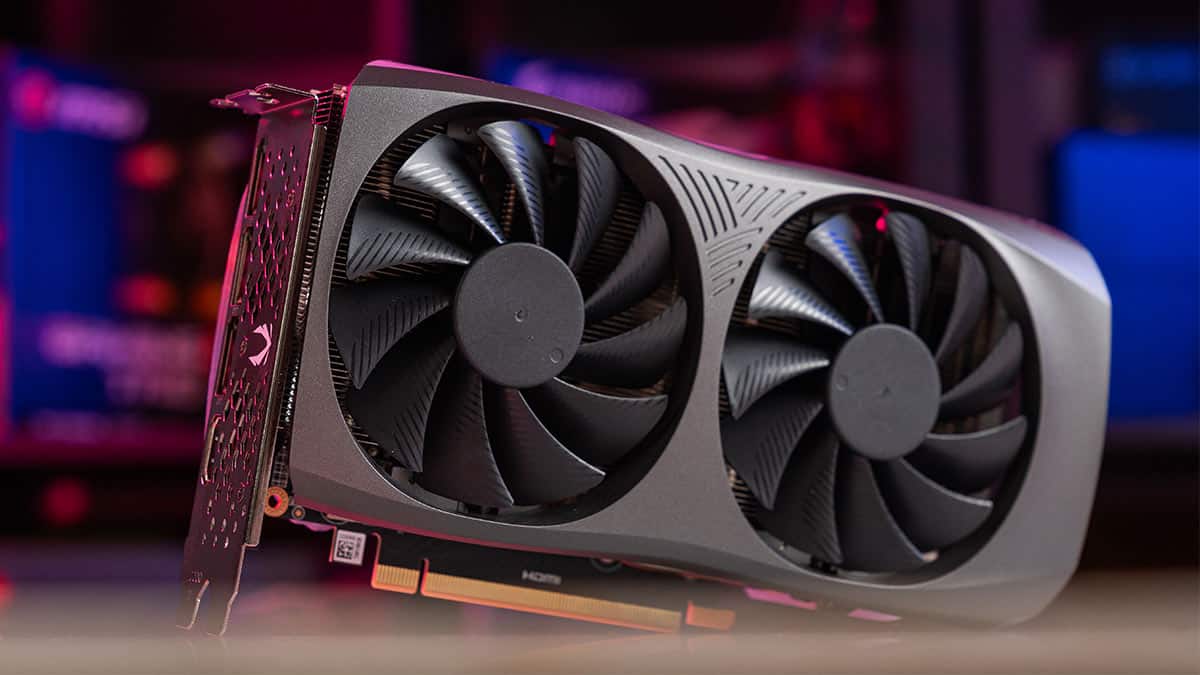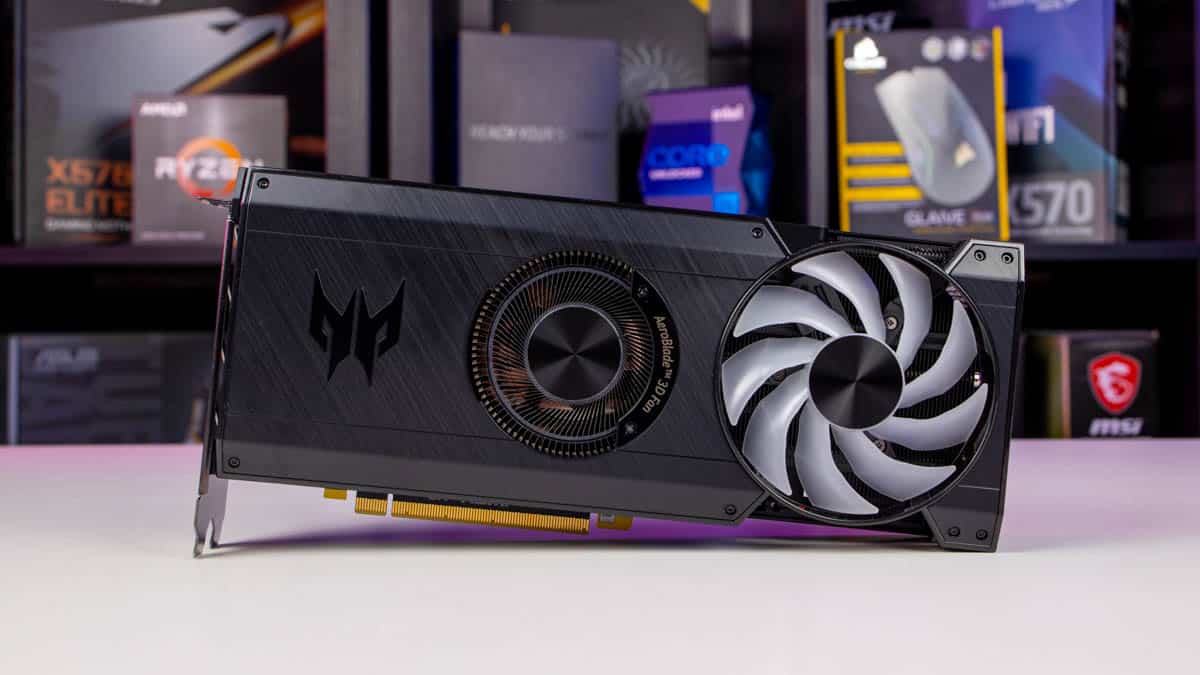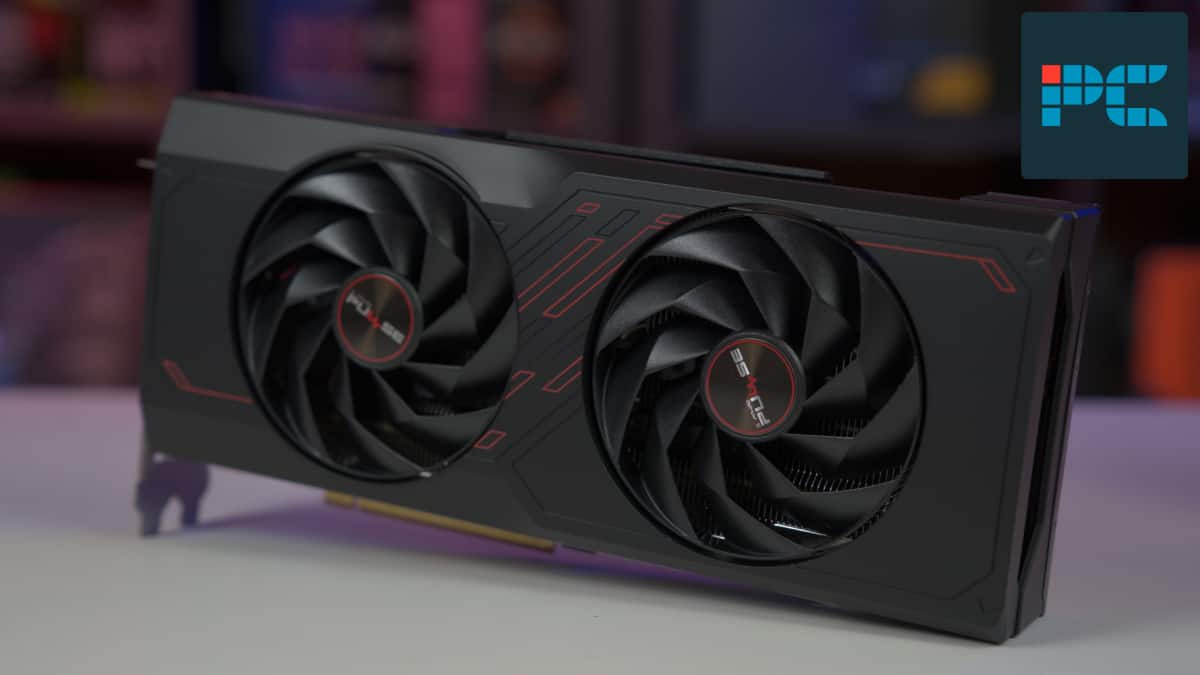How we test GPUs
Table of Contents
Where would gaming and productivity PCs be without a GPU? The boost a graphics card can bring to a system should not be understated, and we’re dedicated to testing exactly what new GPUs can offer you. Our standardized and repeatable benchmarks allow us to determine where a GPU sits in the market, and its performance across gaming and productivity needs. Our tests provide an accurate assessment of a GPU’s capabilities, so we’re able to give you the most valuable analysis in our GPU reviews.
Our test setup features the following components:
- Ryzen 9 7950X CPU
- ROG X670E Hero motherboard
- Phanteks 1000W PSU
- Corsair Dominator Titanium 64GB 6600
- ROG Ryujin II 360 AIO CPU cooler
To complete the accurate recording of gaming benchmarks, GPUs are placed into the above system and updated to the latest available driver. We then connect the card to an Elgato Game Capture HD60-S with a pass-through to our monitor to provide benchmark results free of the impact of recording workloads.
Aesthetics and features
The most obvious thing with graphics cards is how they look and what you see on unboxing. When a graphics card arrives, it goes through our photography process, and we pay close attention at every step, scrutinizing packaging and included accessories cables, along with features (eg. RGB) for added value in the specific model we’re testing.
We consider the size, weight, and dimensions of every graphics card, alongside the build quality and physical features such as cooling solutions, heat pipe deployment, backplate, and vents. We also factor in the style of a card – although this is far less of a priority factor than the actual capabilities and features it offers.
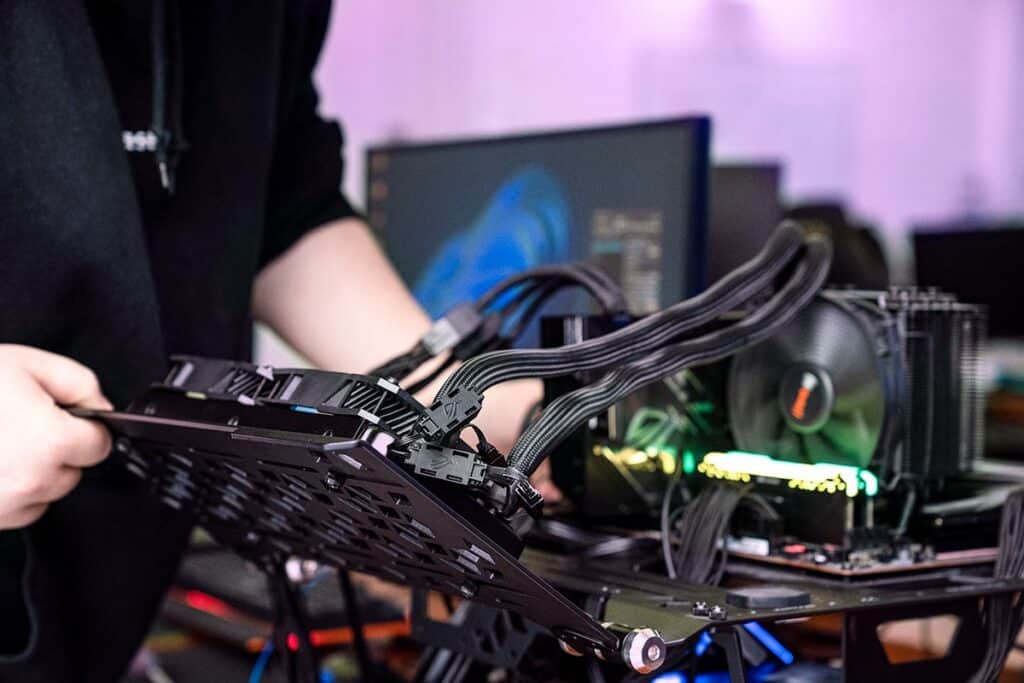
Gaming benchmarks
Our gaming benchmarks run GPUs through tests at three resolutions: 1080p, 1440p, and 4K. Each title is tested three times on each resolution to ensure the validity of results and to identify any erroneous runs. As standard, each title is tested at the highest settings available and with Ray Tracing where available in a title. Our current titles for benchmarks include:
- Assassin's Creed Mirage
- Avatar Frontiers of Pandora
- Counter-Strike 2
- CyberPunk 2077
- Doom Eternal
- F1 2023
- Rainbow Six Siege
- Shadow of the Tomb Raider
Synthetic tests
To create a deeper gauge of a GPU’s performance we incorporate synthetic benchmarks into our testing as standard. These allow us to analyze 3D rendering (Blender) as well as video rendering, and make use of the 3DMark suite of tools too. We use:
- Cinebench
- FireStrike Ultra
- Time Spy Extreme
- Port Royal
- Blender
- Junkshop
- Master
- Classroom
- Cinebench 2024
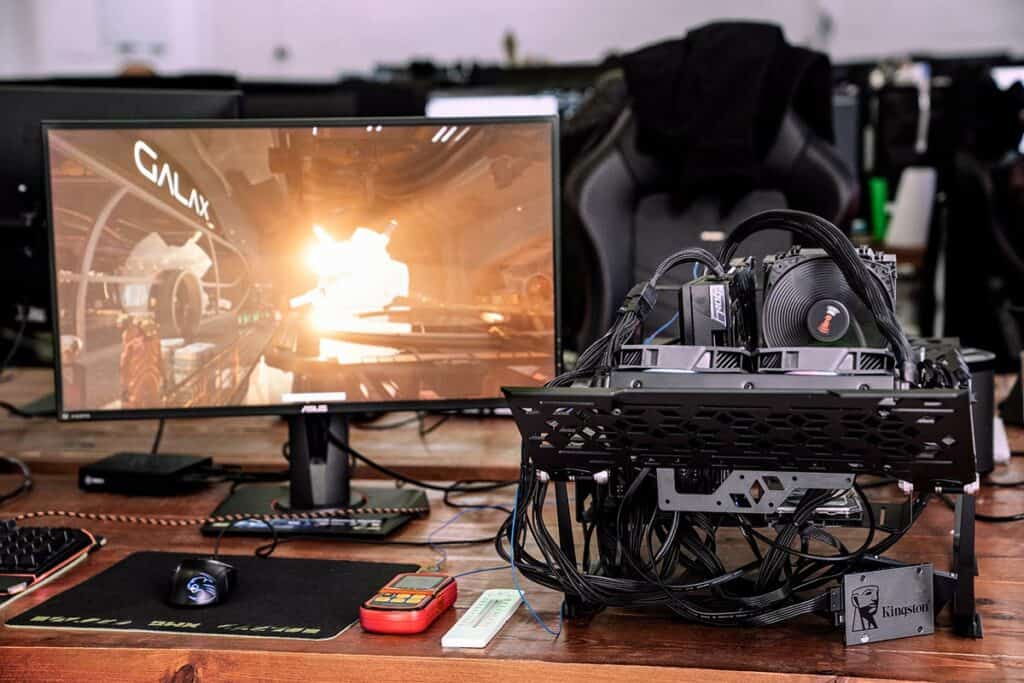
Testing power
To test power draw and verify claims of card manufacturers, we use HWInfo to see how much power the card is using under its heavy loads.
Thermal testing
To test the thermal credentials of a GPU, we:
- Take sensor readings across a period while testing to analyze die cooling under load
- Analyze the cooling solution in order to consider the efficiency of heat dissipation
- Test fan RPM to see how the cooling solution reacts under load
Thermal and audio testing is carried out in a controlled environment, and a thermal probe is used to complete accurate thermal tests.
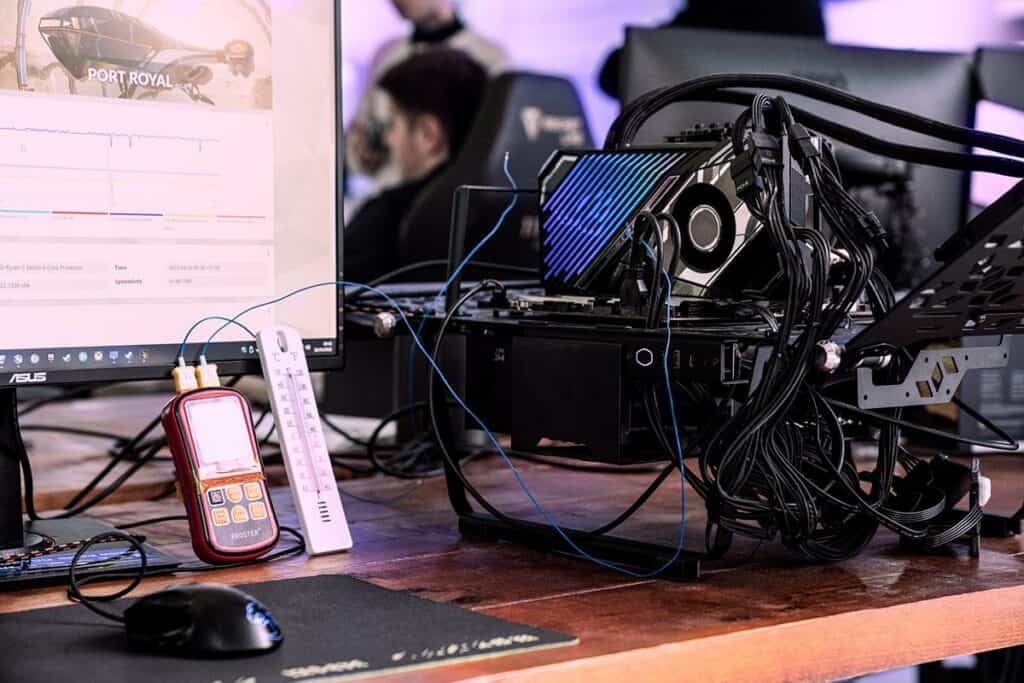
How we score
We score GPUs out of 5 stars, including a clear infographic across our GPU reviews. We base our ratings on the following weightings.
Gaming (50%)
How good is a GPU in terms of game performance? This relates to frames per second but also additional capabilities including Ray Tracing and upscaling across resolutions.
Synthetic (20%)
Synthetic benchmarks are used in our tests to provide a relative performance metric. They also provide a clear point of differentiation across cards, being standard tests that can be reliably repeatable.
Value for money (MSRP) (10%)
Value is a key metric across all technology, and given the cost of GPUs is more expensive than most other components, we pay close attention to what is being offered. Some cards are marketed as more value-focused, while others opt for high performance overall. This is a spectrum we consider in all of our reviews.
Power (5%)
As power usage will cost you money in terms of power used, and also a potential PSU upgrade, this is an important factor to consider when looking at options and alternatives. This is why we test and report on power findings for this exact reason.
Thermals (10%)
Cooling needs to be efficient for GPUs right up to heavy loads, or a build-up of heat will result in thermal throttling. Our evaluation of thermal performance focuses on efficiency to create a clear picture.
Aesthetics (5%)
Style isn’t the most important factor, but it is for users who enjoy transparent side panels or users looking for an overall system aesthetic.
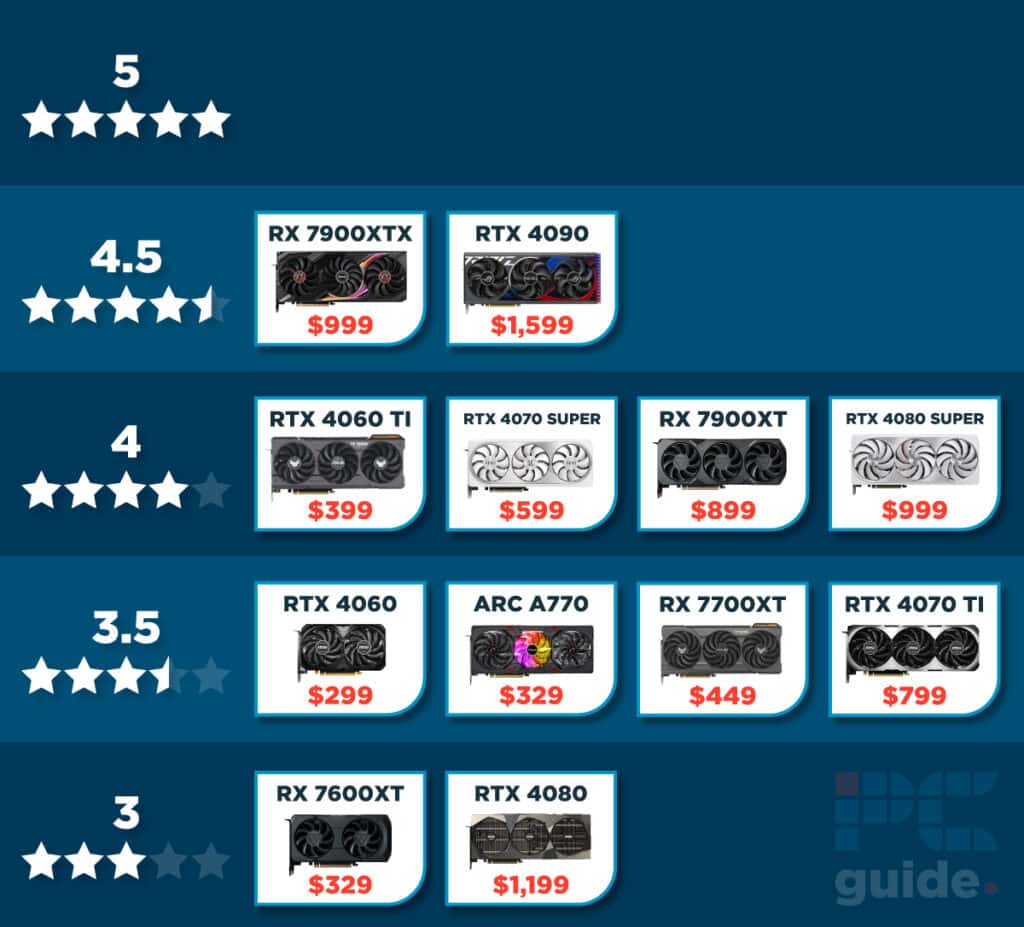
GPU test team
Sebastian Kozłowski
Sebastian Kozłowski is a GPU specialist at BGFG and for PC Guide’s sister site WePC. He has years of experience as a gamer and PC builder. and a deep interest in seeing how components perform. Sebastian has been benchmarking and building hardware since 2021 he makes sure the GPUs live up to his lofty expectations and is key to the testing methodology and process of GPU reviews
Hearing the PC Guide test bench
With testing, there are plenty of factors to consider especially when things might not be going well. Especially when you get prerelease drivers and hardware. But we always try our best to get the most accurate data with what we have available so we can provide you with the best idea of what the GPUs are capable of. We try to ensure we provide you with an unbiased review and give recommendations based on real data and experience.
When it comes to our process, when a card is first brought in, it will go to photography and video, giving the rest of our team something to work with. Then Seb gets to work with getting hands-on with the card, looking through the packaging, and seeing how well it is done. Then installing it on the testing bench, he updates to the latest or preview driver and gets the card ready for testing.
There he sets up the equipment and system with sensors and software to track the card’s performance and capabilities. Making sure it all looks as it should and fixing any issues that arise. Then evaluate the card as the results are input into our database for comparison. Writing up the review and scoring the card on how well it did taking into account all the points.
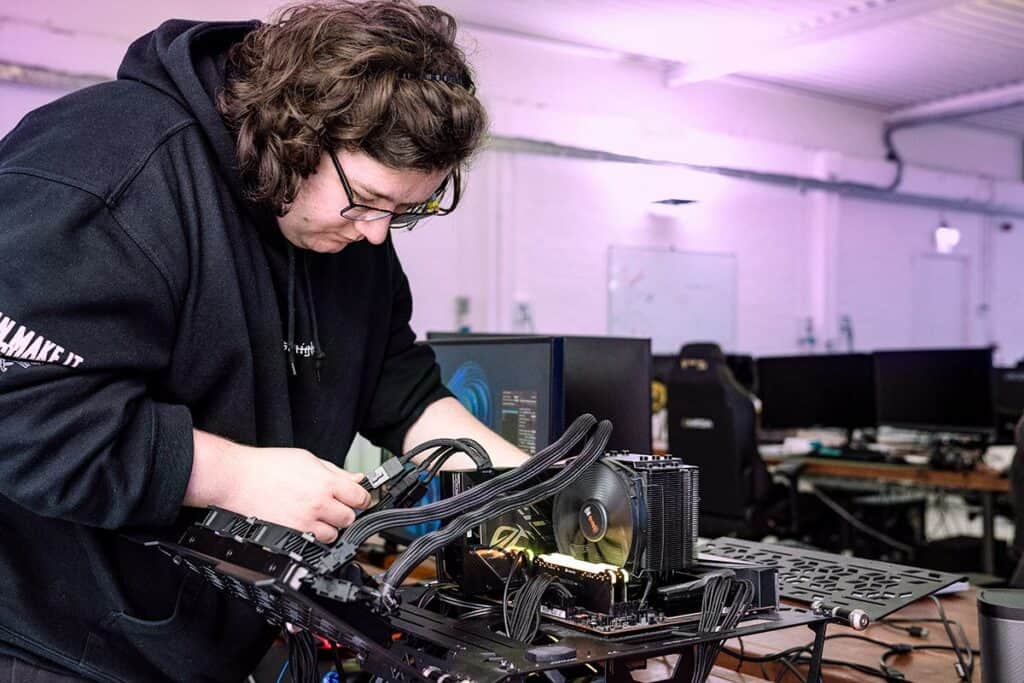
Recent GPU reviews
PC Guide guide to buying the best GPU
To help you get the best possible GPU in your system, we approach our testing process and methodology with the utmost care to ensure the reliability of results and balanced outcomes of our GPU reviews. This is reflected in our buying guides which are built using the card-specific knowledge and results we see during testing of GPUs in specific scenarios. This allows us to recommend with confidence in our buying guides – be they the best graphics cards or for a specific use case.

